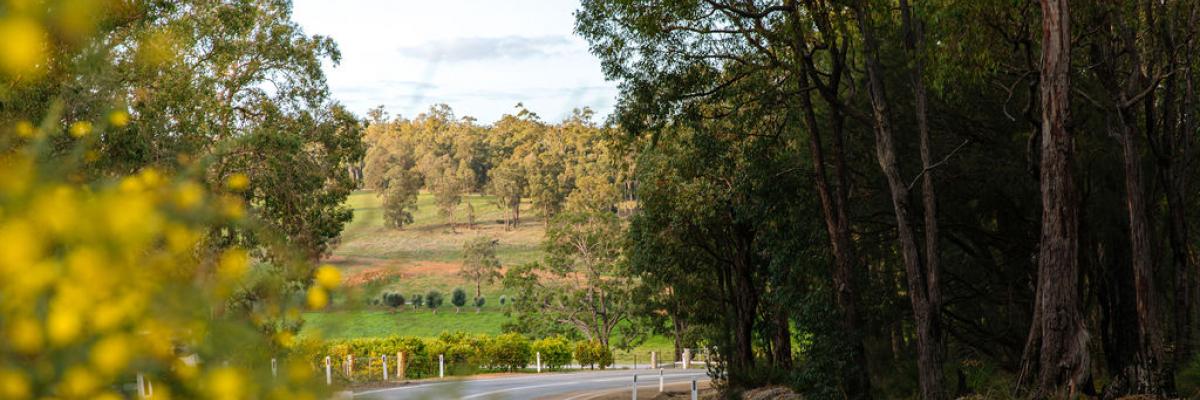What are the requirements?
The National Construction Code (NCC) and Australian Standard 3959 (Construction of buildings in bushfire prone areas) provide a variety of building solutions intended to reduce the risk of ignition due to ember attack, radiant heat and direct flame contact. Examples include special window treatments, door seals and steel mesh to protect vents, weepholes, air conditioners and other such openings. The specific requirements for a property depend on the determined Bushfire Attack Level (BAL).
What is a BAL?
A Bushfire Attack Level (BAL) provides design criteria for a building in a bushfire prone area. The BAL is determined based on the risk and level of bushfire exposure, and may vary from site to site within the same subdivision. To determine the BAL for a lot, a BAL assessment must be undertaken.
When is a BAL assessment required?
A BAL assessment is required when a building is proposed in a designated bushfire prone area. To help identify if an assessment is required the State Government has provided a mapping system outlining designated bushfire prone areas across Western Australia. These maps are available through the Department of Fire and Emergency Services website below.
Some new residential estates within the City of Gosnells have already undertaken a BAL assessment to provide a Bushfire Management Plan. A Bushfire Management Plan can be used as a guide in determining the BAL for a lot and should be provided as part of the sale documentation.
Air conditioning units in bushfire prone areas
In the event of a bushfire, roof mounted evaporative air conditioning units may succumb to ember attack if not properly protected. Under the recent changes, units installed in bushfire prone areas are required to comply with the requirements of AS3959, which provides the following solutions:
- the unit be fitted with non-combustible butterfly closers as practical to the roof level, or
- the unit be fitted with non-combustible covers of mesh or perforated sheet with a maximum aperture of 2mm, made of corrosion-resistant steel, bronze or aluminium.
A building permit is not required if the unit will comply with the above. If compliance cannot be achieved, or if an alternative solution is being used, a building permit must be obtained prior to installation.
Note: These requirements do not apply to existing evaporative units.
To better protect your property in the event of a bushfire: the City recommends updating your unit to meet current requirements, if you are located in a bushfire prone area.
More information
Bushfire prone areas: Department of Fire and Emergency Services – Bushfire prone area maps
Bushfire policy framework: Western Australian Planning Commission – Bushfire Policy Information
